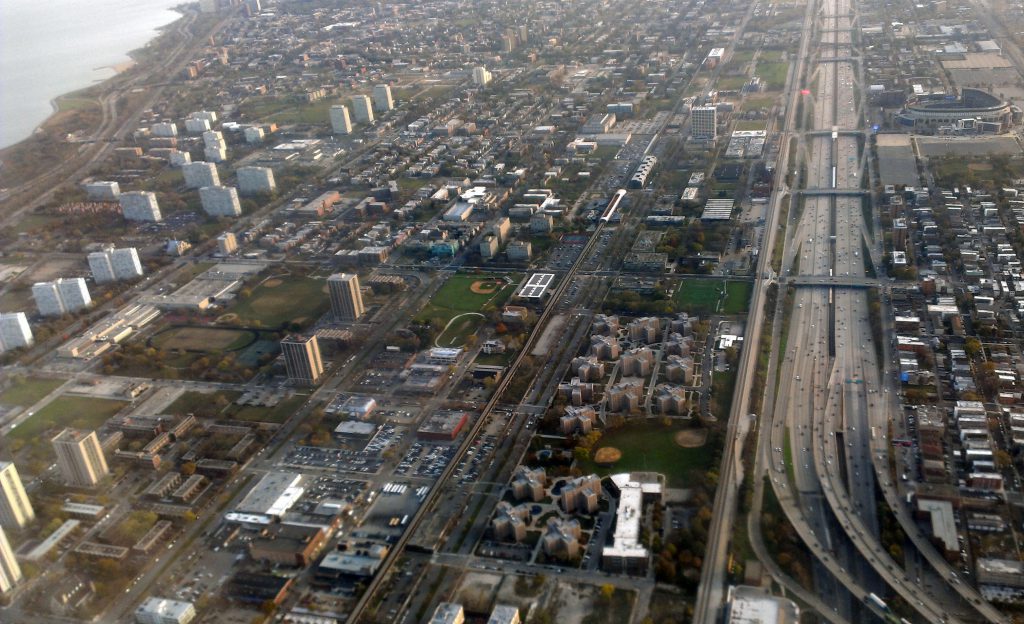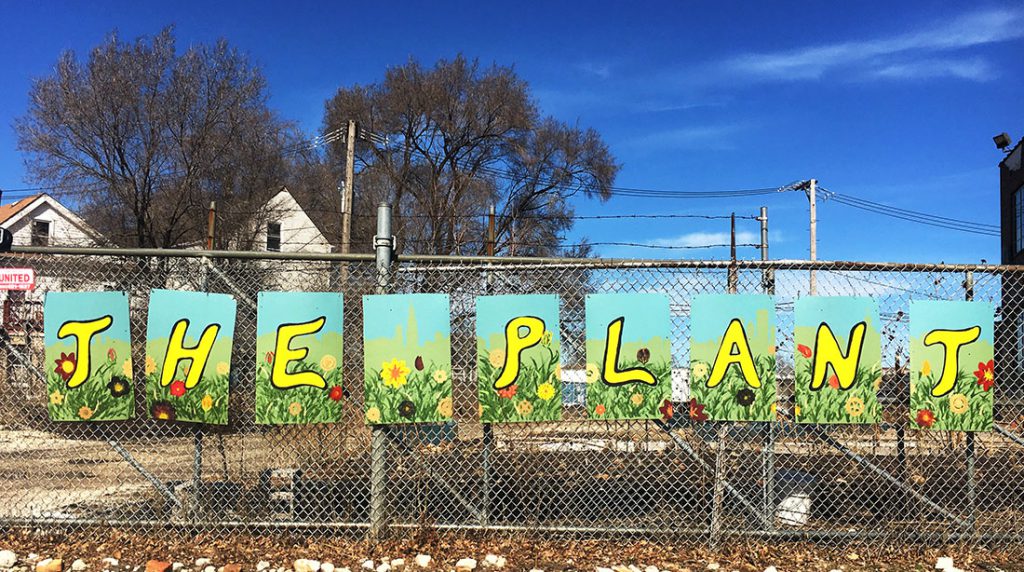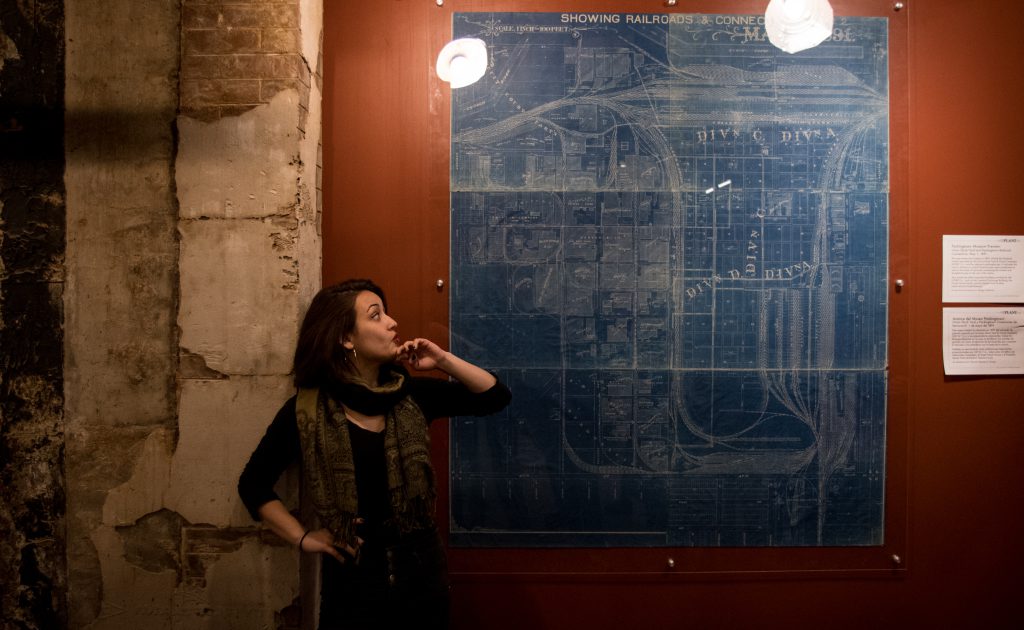COMED’S GREEN ENERGY INNOVATION PARTNERING WITH HISTORIC BRONZEVILLE
Bronzeville, the South Side home of Chicago’s Black Renaissance and the birthplace of Black History Month, hopes to launch its next Golden Age with support from a smart microgrid being installed by utility ComEd. The microgrid will tap green energy to help power the community.



